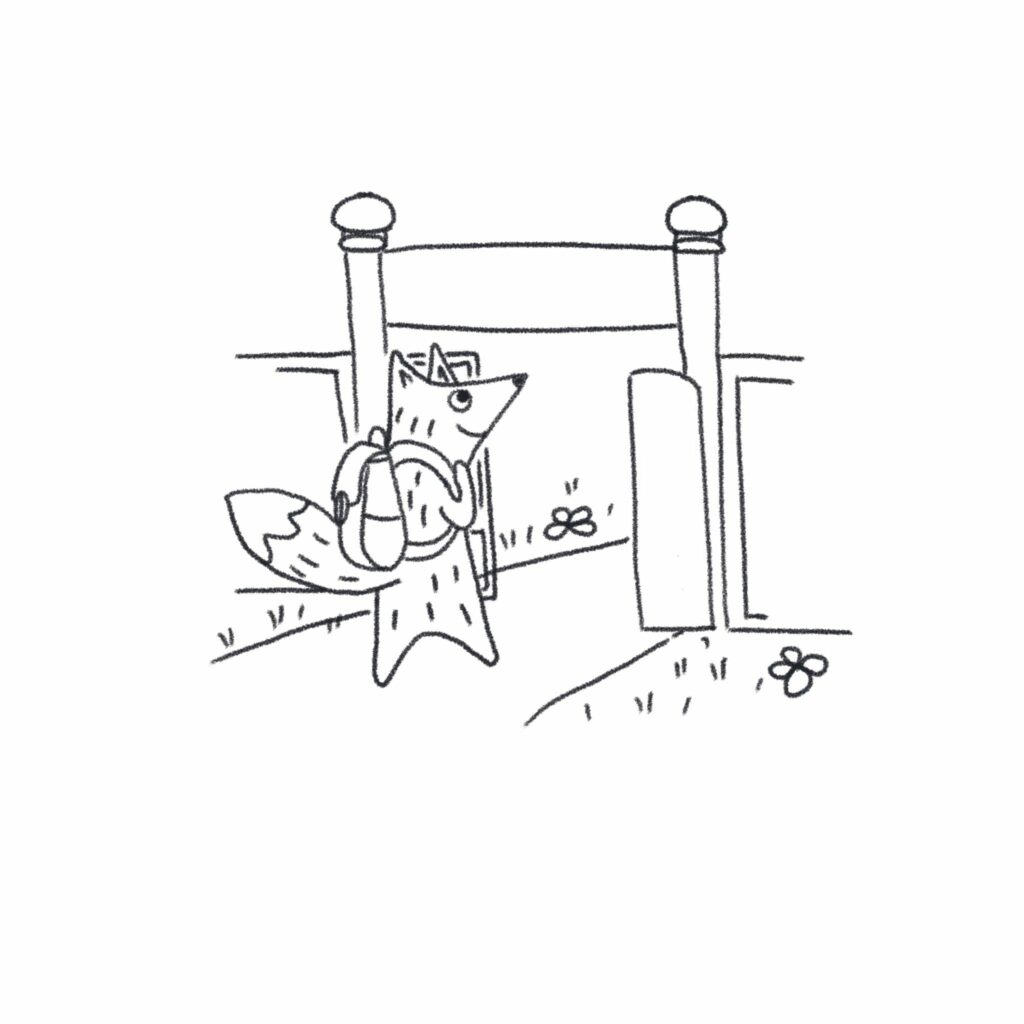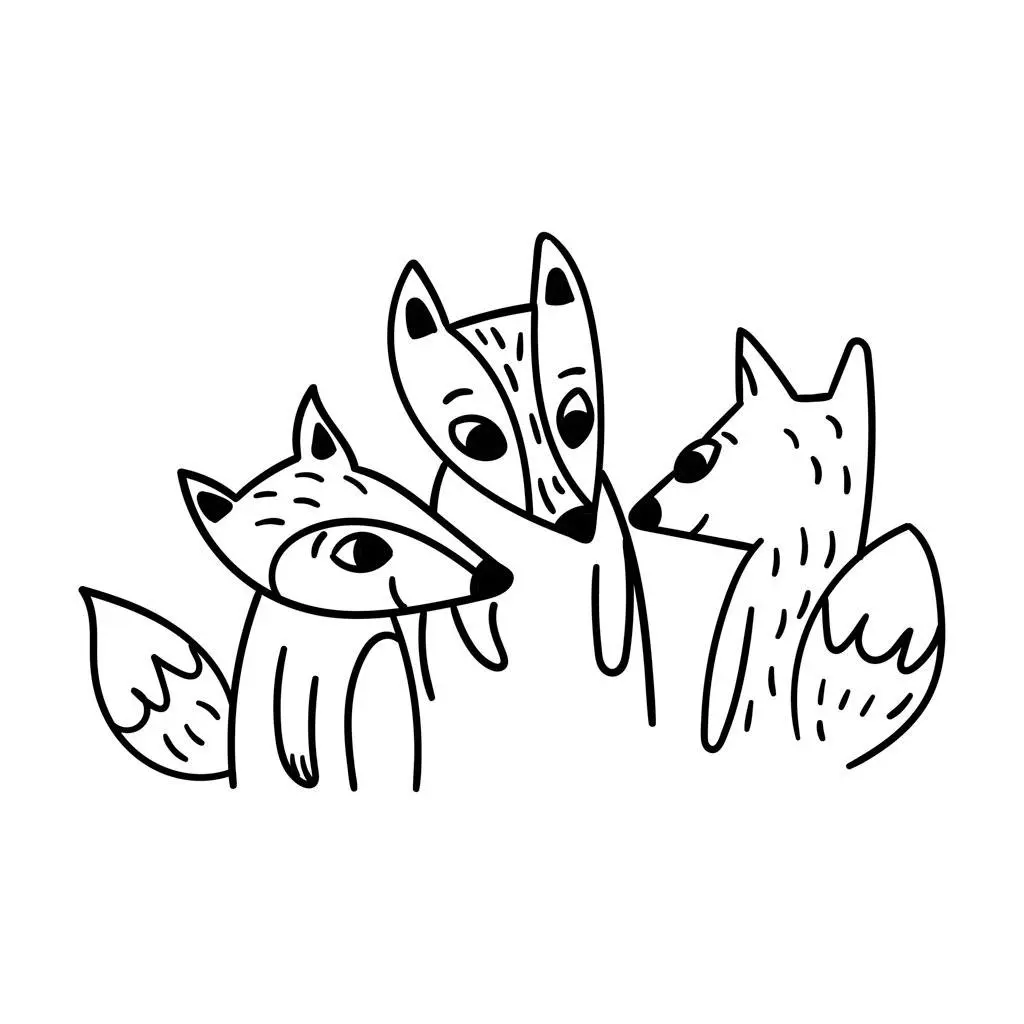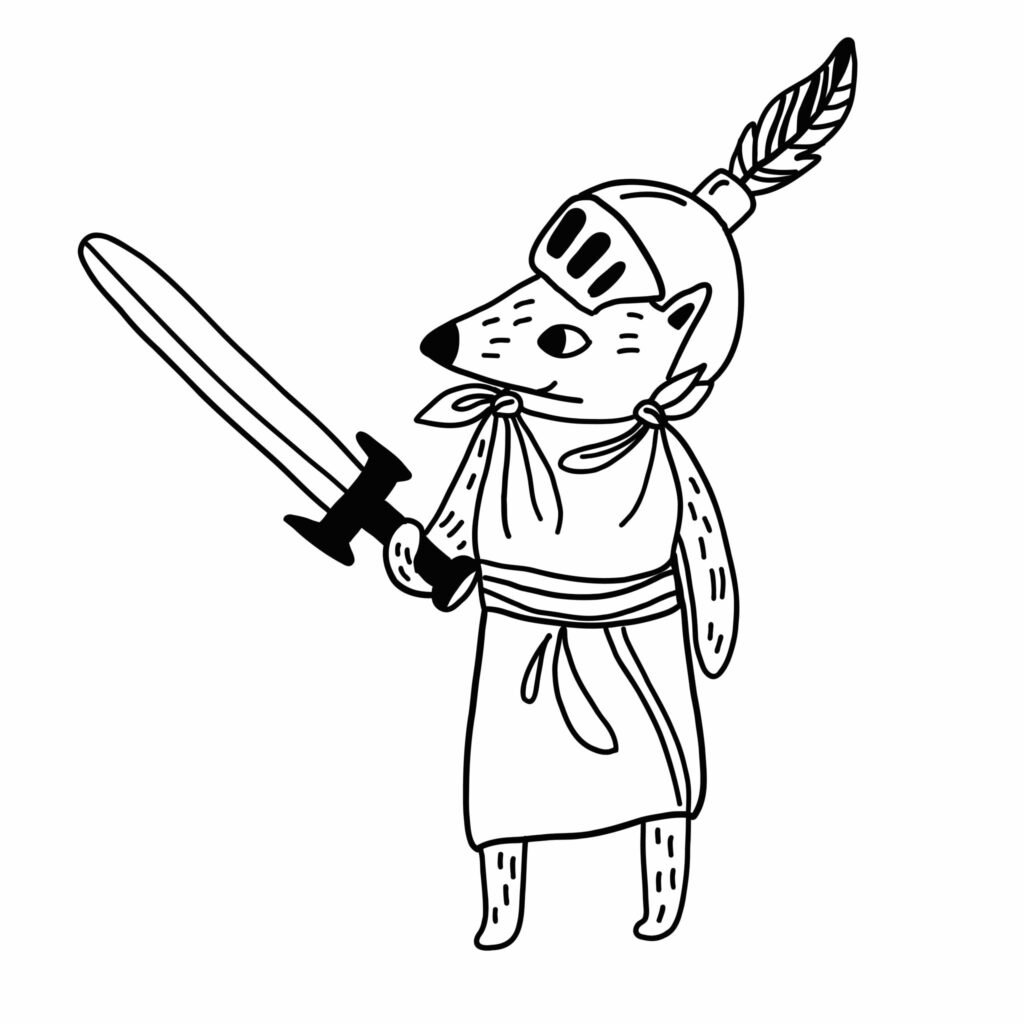They never seem to get that much use. The odd shake here and there, but rarely any prolonged investigation. The best you can hope for is a quick bash and perhaps a chew when plucked from the treasure basket.
But rattles have been around for millennia. There must be something special about them. And, of course, there is.
Babies’ first movements are involuntary. Reflexes dominate. Put your finger in the palm of your baby’s hand and her fingers will close around it automatically. Next, flailing arms and legs come under more control. Eventually, fine motor control is possible and actions are wholly deliberate.
So where do rattles come in? In order to recreate the pleasing rattling sound, babies must learn to shake them. This requires control of the hand and the arm. Up, down, up, down. It’s the same movement that will one day be used to dot an ‘i’ or paint at an easel.
Once the rattle has fallen out of favour, why not try a discovery bottle? You can read about them in the free activities section of the website, but in essence, they are plastic water bottles filled with interesting materials.
Use sand, water, washing-up liquid, beans, coins or oil. Anything at all. The trick is to only fill them part way so the contents have the chance to move when the bottle is shaken. You get all the benefits of a rattle but paired with a novel sound and visual treat.




